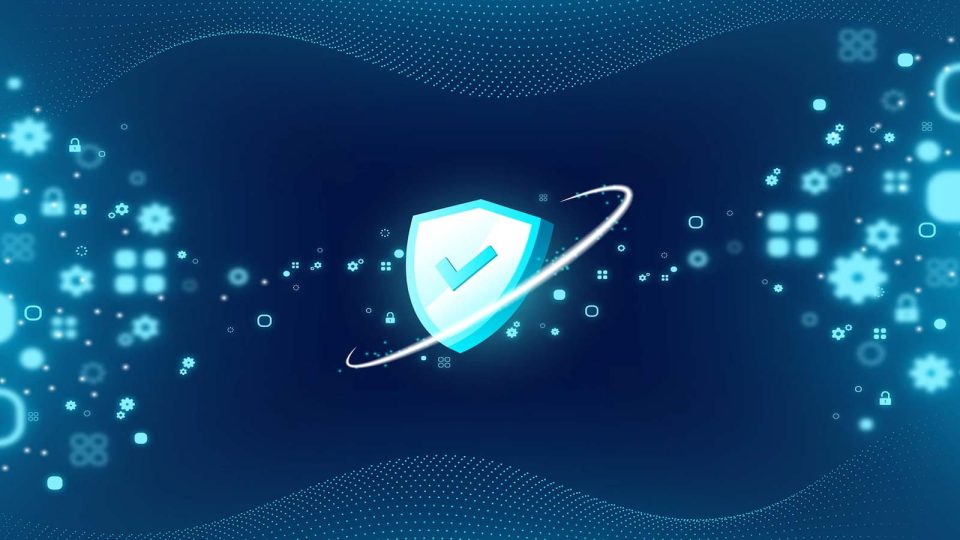The rise of cloud computing, remote work, and increasing cybersecurity threats has transformed how organizations approach network security. At the center of this shift is the evolution of SASE (Secure Access Service Edge), a concept introduced by Gartner in 2019. SASE combines wide-area networking (WAN) with cloud-delivered security services, including Zero Trust Network Access (ZTNA), firewall-as-a-service (FWaaS), and secure web gateways (SWG). This model addresses the limitations of traditional security architectures while meeting the dynamic needs of cloud-native environments.
Also Read: Is it Possible to Become Unhackable?
Understanding the Evolution of SASE
-
The Traditional Security Model
Historically, network security relied on perimeter-based solutions, such as firewalls and virtual private networks (VPNs). These systems worked effectively when applications and data resided within on-premises data centers. However, the rise of cloud computing disrupted this model by decentralizing data and applications across multiple environments.
The limitations of traditional approaches became apparent as organizations adopted hybrid work models and moved applications to cloud platforms. Users accessing resources from remote locations or across geographies required seamless and secure connectivity, which legacy security solutions struggled to provide.
Also Read: Redefine IT Security Paradigms with Zero Trust Architecture
-
Introduction of SASE
The evolution of SASE arose from the need for a holistic solution that integrates security and networking into a single framework. SASE shifts the focus from protecting the network perimeter to securing individual users, devices, and applications, regardless of their location.
Key attributes of SASE include:
- Cloud-Native Design: SASE services are delivered from the cloud, ensuring scalability and agility.
- User-Centric Security: Security policies are tied to users and devices rather than static IP addresses or network zones.
- Integration of Networking and Security: SASE consolidates networking (e.g., SD-WAN) and security services, reducing complexity.
Advances in SASE Capabilities
As the adoption of SASE grows, its capabilities have expanded:
- ZTNA Integration: SASE incorporates Zero Trust principles, granting users access to specific resources based on authentication and continuous monitoring.
- AI and Machine Learning: Advanced threat detection and response mechanisms leverage AI for faster identification of anomalies and threats.
- Global Edge Networks: Organizations benefit from reduced latency and optimized performance by leveraging distributed edge nodes.
Impact of SASE on Cloud-Native Security
The evolution of SASE is transforming cloud-native security in several key areas:
1. Enhanced Data Protection
SASE offers robust data loss prevention (DLP) and encryption capabilities, ensuring sensitive data remains secure during transmission and storage. This is especially critical for cloud-native environments, where data moves frequently between endpoints, cloud providers, and SaaS platforms.
2. Streamlined Security Management
The integration of networking and security under a single framework simplifies management. Administrators can enforce uniform security policies across multi-cloud and hybrid environments through centralized dashboards, reducing complexity and human error.
3. Improved Threat Detection and Response
SASE leverages real-time threat intelligence and machine learning to detect sophisticated attacks, such as ransomware, phishing, and insider threats. Its distributed architecture allows for rapid response to security incidents, minimizing the attack surface.
4. Support for Remote Work and BYOD
In cloud-native environments, users access resources from various devices and locations. SASE ensures secure connectivity by applying consistent security policies to all endpoints, regardless of location. This is critical for remote work and bring-your-own-device (BYOD) scenarios.
5. Scalability and Agility
SASE’s cloud-native architecture scales with organizational needs. As businesses grow or shift resources across cloud providers, SASE adapts seamlessly without requiring significant infrastructure changes.
6. Zero Trust Architecture (ZTA)
SASE enforces Zero Trust principles, ensuring continuous verification of users and devices. In cloud-native environments, where trust boundaries are fluid, this approach significantly enhances security.
Also Read: The Essentials of Software Defined Cloud Interconnection and NaaS
The Future of SASE and Cloud-Native Security
The evolution of SASE continues to redefine the cybersecurity landscape. As organizations increasingly adopt cloud-native architectures, SASE is expected to evolve further in the following ways:
- Edge Computing Integration: SASE will likely incorporate edge computing capabilities, enabling real-time data processing closer to endpoints.
- Quantum-Resistant Security: As quantum computing advances, SASE platforms may integrate quantum-resistant encryption methods to future-proof data protection.
- Autonomous Security Systems: AI-driven automation will enable SASE to predict and neutralize threats autonomously, reducing reliance on manual intervention.
- Cross-Platform Compatibility: Enhanced interoperability will allow SASE to seamlessly secure applications and data across diverse cloud platforms.
- Regulatory Compliance Features: Built-in compliance monitoring will simplify adherence to global regulations, such as GDPR and CCPA.
The evolution of SASE marks a paradigm shift in how organizations approach security in cloud-native environments. By integrating networking and security into a unified, cloud-delivered solution, SASE addresses the challenges of decentralized data, remote work, and sophisticated cyber threats. While adoption requires overcoming integration and cost hurdles, the benefits of enhanced data protection, scalability, and streamlined management make SASE a cornerstone of modern cloud-native security strategies.
[To share your insights with us as part of editorial or sponsored content, please write to psen@itechseries.com]


